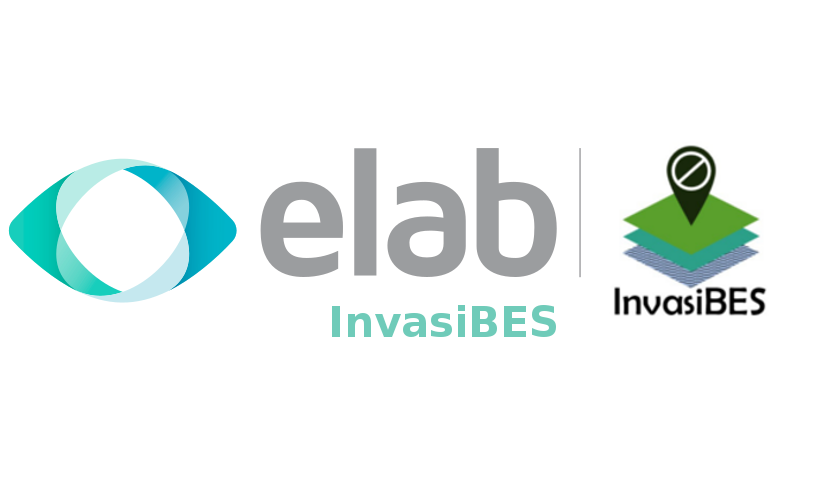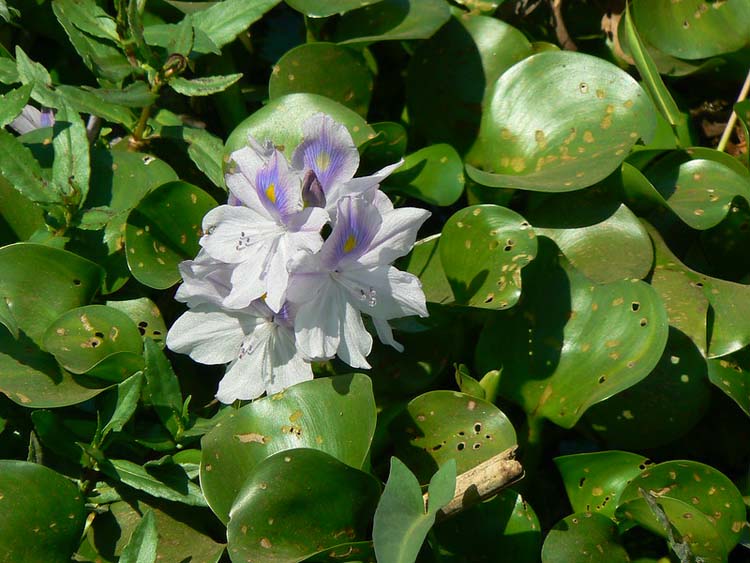Like other developing countries, Iran is threatened by alien plants because of its rich native biodiversity, a wide range of climatic conditions and lack of regulation for importing new plants. In this study, we describe the characteristics, distribution, potential impacts of 52 alien plants based on Generic Impact Scoring System (GISS) assessment and their management. Species were selected from those identified to be invasive or with the risk to be invasive of those introduced to Iran over the past 30 years. From the 52 selected alien plants, the most common were herbaceous and annual plants from the Fabaceae and Asteraceae families. South America and Eastern Asia are the main areas of origin to Iran. The highest portion of naturalized plants are detected in croplands as weed. Eichhornia crassipes and Ailanthus altissima had the highest GISS environmental and socio-economic impact score of the 13 invasive alien plants we identified, and Pueraria montana var. lobata and Hydrilla verticillate had the highest scores of the casual and naturalized species. The Hircanian zone was the most invaded area and it could be considered as a potential biological invasion hotspot in Iran. Non-selective alien plant management and a high reliance on herbicide application, especially those with high potential of herbicide resistance, could be main obstacles of successful alien species removal or control. Iran requires specific management programs to tackle the introduction and spread of alien plants and to reduce their impacts on biodiversity, ecosystem services and human livelihoods. Considering the high diversity of climatic conditions in Iran, from arid to subtropical, studies on the effect of climate change on new invasions or range expansion of current invaders and their impacts should also be a priority.
Sohrabi et al (2022) Alien plants of Iran: impacts, distribution and managements. Biol Invasions (2022). https://doi.org/10.1007/s10530-022-02884-6


